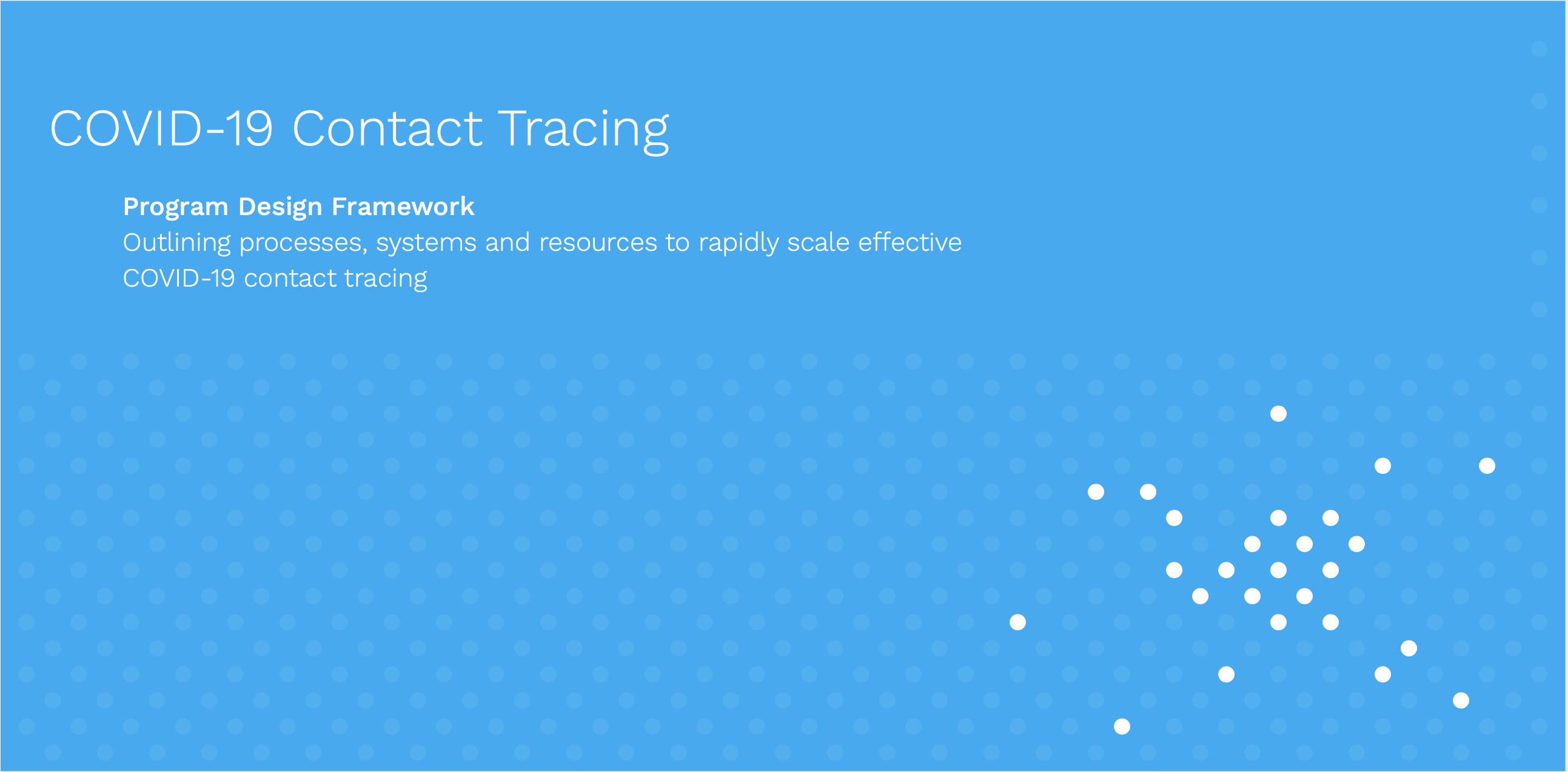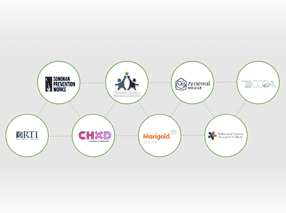By Eduardo Jezierski
When we started in 2008 to hire for the iLab Southeast Asia we knew local leadership was going to be an important aspect we’d need to grow & nurture. We knew to grow that leadership we had to provide resources, energy, time, freedom to fail, and tough challenges — and throw them at smart people, with shared values, who could get things done.
But we had just started working in the country and hadn’t had time to set up all the tools one needs to find such folks . We had no radars, honeytraps, or sieves already set up, of the sort we’d need to attract and retain good people.
We were limited to plain interviews, referrals and screening, which was a painful process. It was painful because I knew 100% we were passing by the sort of teammates we wanted. But we couldn’t tell which ones they were, because of “interview noise” compounded geometrically by differentials in culture, language, power distance, expectations, experience, and so on. It didn’t help that sometimes I’d be introduced by the coordinators as “Ed comes from being an Architect in Microsoft”. We’d screen candidate after candidate, group after group, and I’d sink lower and lower in my chair, knowing we shouldn’t stop erring on the side of excellence, while realizing we had no good way of detecting it.
Weeks into the process, I was standing once more in front of a group of developers we were screening. I started setting the stage on the whiteboard for a question on relational databases (SQL was still a thing in 2008). Typically I’d start with a simple textbook master/detail schema, add a challenge, and then see if the candidates could propose ideas articulating tradeoffs, pros and cons, and implementation paths, how they communicated with me, and how they chose to work with each other.
“Let’s say we have a database that will be used to store shopping list tickets (invoices). We’ll have a table of the tickets, and then one of items, like this…”
…and then, totally improvised, I took a 90 degree turn. I went to town drawing a complex, byzantine, nonsensical schema on the whiteboard. It was a mess of too-normalized and too-denormalized tables (like 6 of them), with oddly structured data, convoluted together with mind-bending relationships and aggregates. The sort of design Kafka Consulting Corp would proudly pin on a wall; that would make any engineer cry.
I turned around “…and, like this, right?”
The candidate panel looked on, nodding slowly or vigorously, some furiously copying the schema to their notebooks. My mind kept muttering “I know you’re in there somewhere!”, while my heart sank even lower, buoyed only by the faith -and data- that said we had to have great people slipping through our process.
A timid hand rose, by a an engineer that self-identified as a PHP developer. “Excuse me,… .”
I shuddered at the impossible prospect of having to explain the Rube Goldberg design again from the top. “Sure, go ahead?”
“Yes, excuse me, so I want to apologize first, because here in Cambodia university teachers may not be up to date with all the things you do in the USA, and we don’t have the right experience working in big projects, like you do, but if I can ask please, could you explain how is this design better? Because if you designed it this way, it obviously is better, faster or something like that, but with my knowledge from Cambodia I think it may be very complicated, and I can’t see the benefits right now, can you explain one or two benefits, and where we can all learn or read more, so maybe in a future interview we can be better prepared?”
Check, check, check….. Critical thinking, courage, intellectual curiosity, emotionally savvy inquiry, advocating for others… and the willingness to speak truth to power.
A few days later, we started working with Channe Suy (Lan) as one of our first staff engineers in the iLab Southeast Asia. Channe is now the Regional Lead for the iLab Southeast Asia, leading a team of equally smart, spunky, action-oriented designers and engineers that build technologies that have measurable impact in that corner of the continent and the whole world.

I’m thankful for each time she told me when I was not doing the right thing for the iLab. Each time she navigated internal and external crises. Setting up the team that would meet the ambitious goals Google.org had given us. Establishing approaches to find and recruit talent without me resorting to questionable interview techniques. Calling up CEOs of largest Mobile phone companies in her country and negotiating mano a mano with them on industry-pioneering agreements. Speaking at TEDx. Opening up the iLab and it’s team as a well-know national open resource. Stepping up against the forces in Cambodia and the Aid industry that make everything harder for a woman. Inspiring other countries, regions and continents, demonstrating the impact a well-run iLab can have. Driving to refocus the iLab time and time again on the sort of projects it will have the most impact on.
In the last 10 years, the iLab Southeast Asia has built an incredible reputation for engineering and design excellence. It has built and catalyzed an impressive portfolio of projects including national biometric systems, interactive population health hotlines, tools that help kids learn how to write in Khmer (the local language), and incubators of social impact projects.
It’s a tough decision to decide to play outside the prevailing norms, rules and expectations. It’s not just risky — it has measurable consequences. But the humanitarian sector is entering a crisis and needs more game-changer approaches like the iLab. And playing by the rules is not how the game is changed.
Now that InSTEDD’s first iLab is 10 years old, we have the ambitious goal to continuing to multiply 10x the impact of iLabs in Southeast Asia -and globally!- designing and building technology for health and development. If you want to help us achieve more results (and hopefully break more rules in the process), please ping me and our team at info@instedd.org.
Source: Medium





